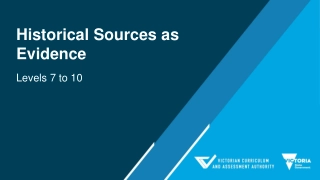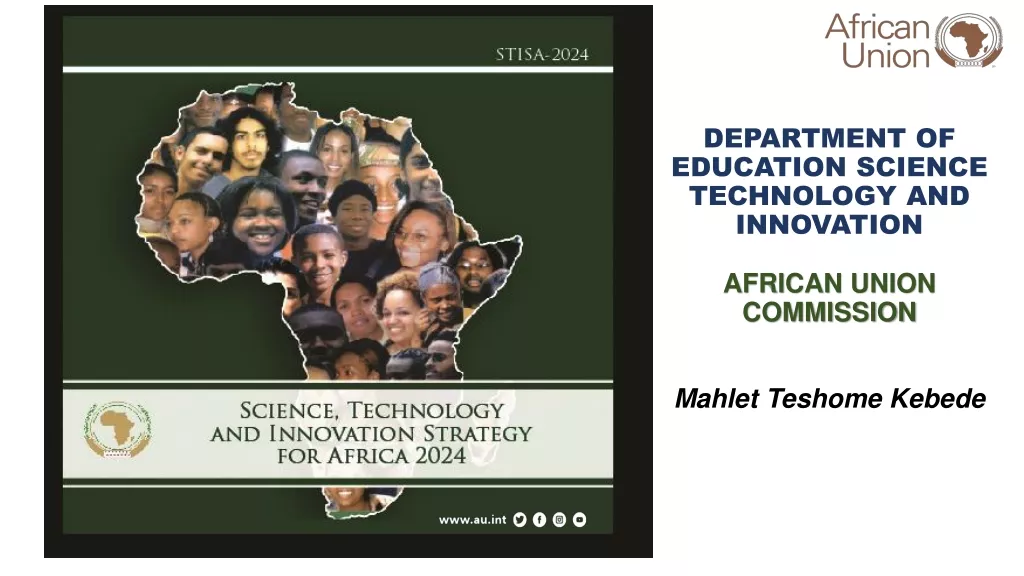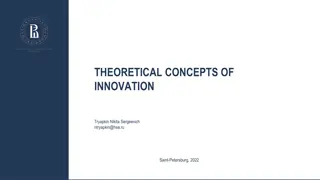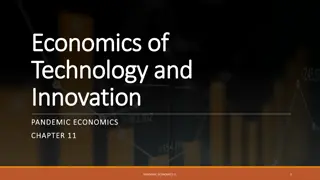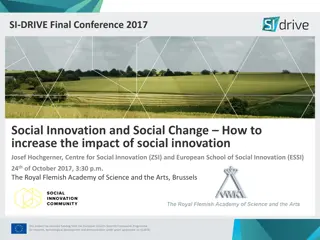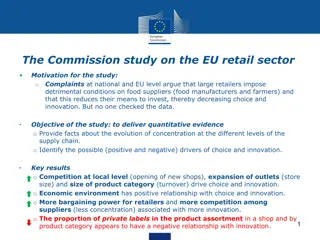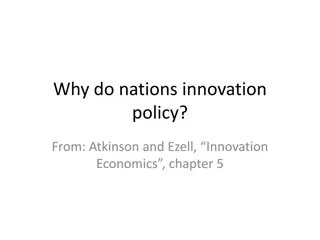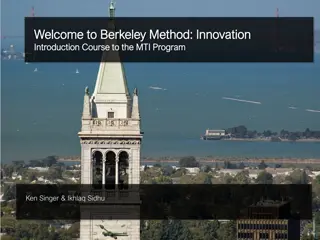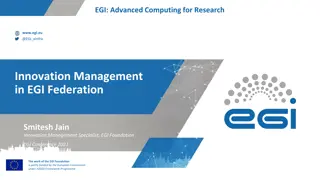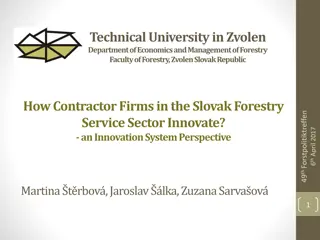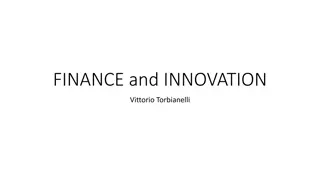Innovation Dynamics in Historical Context
Papers on patents, diffusion, and knowledge spillovers in historical settings like Renaissance Venice and industrial revolution Britain, exploring the impact of guild exclusivity on patent adoption.
Download Presentation

Please find below an Image/Link to download the presentation.
The content on the website is provided AS IS for your information and personal use only. It may not be sold, licensed, or shared on other websites without obtaining consent from the author.If you encounter any issues during the download, it is possible that the publisher has removed the file from their server.
You are allowed to download the files provided on this website for personal or commercial use, subject to the condition that they are used lawfully. All files are the property of their respective owners.
The content on the website is provided AS IS for your information and personal use only. It may not be sold, licensed, or shared on other websites without obtaining consent from the author.
E N D
Presentation Transcript
TPRI Patents & Diffusion Discussion Tim Simcoe BU and NBER
These Papers Have Much in Common Interested in diffusion Galasso et al: Diffusion of a new institution (patents) Nuvolari and Gragnolati: Diffusion of ideas Fascinating historical context Empirics are (essentially) cross-sectional Products of the Italian Economic History Guild
Localized Knowledge Spillovers RQ: How strong is agglomeration in the innovation process? Setting: Britain during industrial revolution Data: Patenting by (industry, county, year) Theory: Dynamic stochastic model Sequential innovations each choose a location Choice reflects: local factor endowments, agglomeration, error term Empirics focus on steady-state condition
Diffusion of New Institutions RQ: What was the effect of guild exclusivity (collusion?) on the adoption of patenting? To be observed patents must survive opposition procedure Setting: Renaissance Venice Data: Archival patent and guild datasets Theory: Model of patent oppositions Exogenous innovation by insiders or outsiders Costly patenting and patent challenges Patents observed when Cpatent(?) < Surplus < Cchallenge(?) Comparative statics on guild rule strength ?
Key Challenge: Cross Sectional Data Gragnolati and Nuvolari County FEs would use up all degrees of freedom Not clear yet how you will measure local factors Polya nests multinomial. No need to treat them differently Just test for b==0! Currently not exploiting variation across time and industry. Why not? Maybe use time variation and add city random effects Connecting to contemporary agglomeration literature HJT and its children to measure the knowledge flow How does this paper relate to that literature?
Key Challenge: Cross Sectional Data Comino, Galasso and Graziano Ln(Patentsij) = GuildStrengthij + ???? + ??+ ??? Why no guild/sector (??) fixed effects? Religious IV is very clever! Catholic old boys club => better collusion From an inferential standpoint, we don t learn much (Alwyn Young) IV Exposition This is a Wald estimator! Binary endogenous variable and binary IV Show balance tests on the instrument Show the reduced from estimates
One Big Difference: Interpretation Nuvolari Variable == Patents Interpretation == Innovation Galasso Variable == Patents Interpretation == Diffusion Simcoe Variable == Patents Interpretation == Innovation * Pr[Patent|Innovate]
Theory and policy takeaways Some big innovations are lurking in the background, but not explored Venice == Mills and England == Engines Are these GPTs (more innovation), or higher patent propensity, or both? Interesting Ideas for IP and Antitrust How does market structure / collusion affect use of modern opposition procedures (e.g. IPRs)? A renaissance of Italian thinking on institutional design for IP?


